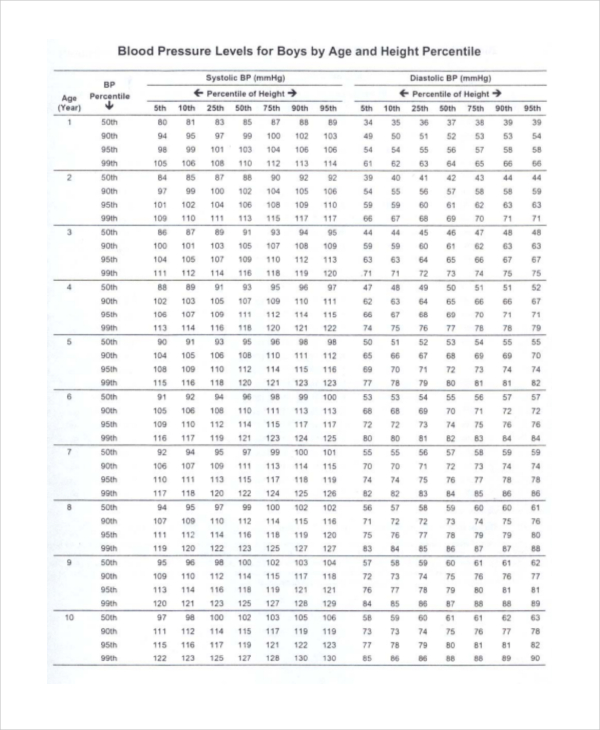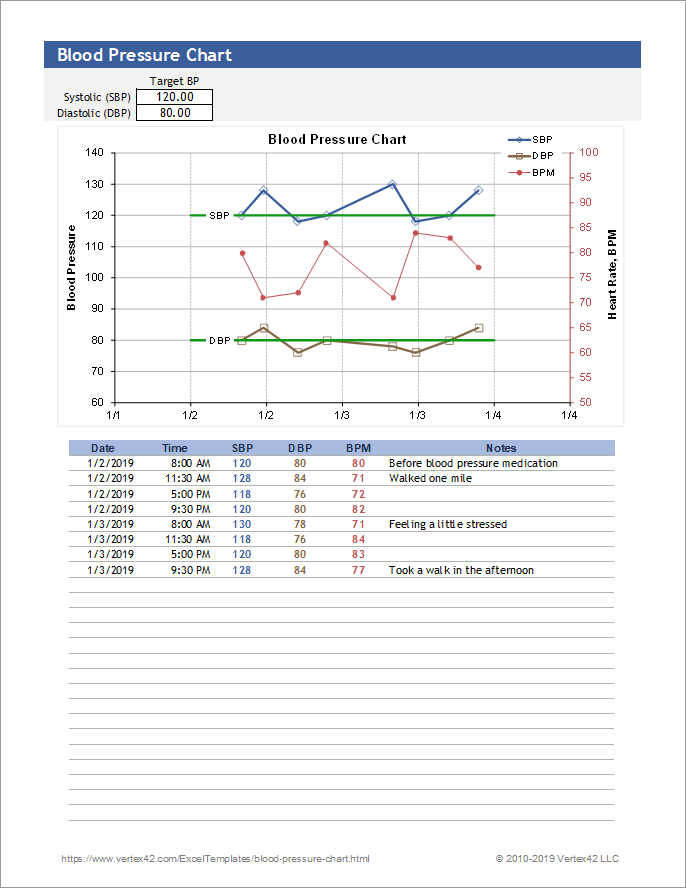
It returns to pre-pregnancy values toward the end of pregnancy.Hypertension is common in Canada, affecting one quarter of all adults. It decreases about halfway through the first trimester until mid-pregnancy due to progesterone effects that relax the walls of blood vessels, causing decreased peripheral vascular resistance.

The healthcare provider considers the client’s baseline blood pressure and the client’s current health state in conjunction with subjective data and other objective data. For example, in adults, normal blood pressure can range from 95–145/60–90 mm Hg. However, this is only an average and the healthcare provider needs to consider acceptable ranges for individual clients. The average blood pressure for an adult is sometimes noted as 120/80 mm Hg.

Vital Sign Measurement Across the Lifespan – 1st Canadian edition What Should the Healthcare Provider Consider?įinding the Error Activity: Blood Pressureįinding the Error Activity: Blood Pressure – FeedbackĬase Study 2: Pediatric Client (continued)Ĭase Study 3: Pregnant Adult Client (continued)Ĭase Study 4: Older Adult Client (continued)Ĭase Study 5: Adolescent Client (continued) Test Yourself: List in the Correct Order – Answers

What are Normal Oxygen Saturation Levels?įinding the Error Activity 1: Pulse Oximetryįinding the Error Activity 1: Pulse Oximetry – Feedbackįinding the Error Activity 2: Pulse Oximetryįinding the Error Activity 2: Pulse Oximetry – Feedback Test Yourself: List in the Correct Order – Answersįinding the Error Activity: Radial Pulse – Feedbackįinding the Error Activity: Infant Apical Pulseįinding the Error Activity: Infant Apical Pulse – Answer General Points to Consider in Vital Sign Measurementįinding the Error Activity: Tympanic Temperatureįinding the Error Activity: Tympanic Temperature – Feedback


 0 kommentar(er)
0 kommentar(er)
